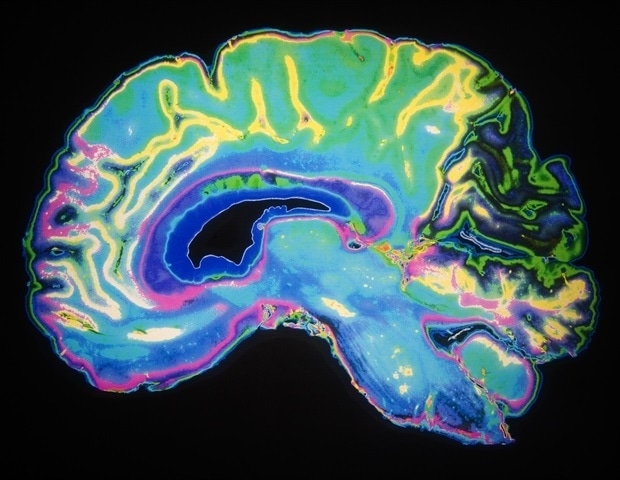[ad_1]

Dancing lowers the depression associated with Parkinson disease, and the benefits can be seen in multiple ways, a new study published in the Journal of Medical Internet Research involving York University researchers shows.
“It was very cool to see that dance had a positive effect on the mood circuits in the brain, which we could see in the imaging,” says Faculty of Health associate professor Joseph DeSouza, an author of the study. “These improvements that we could see on MRI brain scans were also reported by the participants via survey. Our study is the first to demonstrate these benefits across these two detection methods.”
The study, published today, followed 23 participants in the Sharing Dance Parkinson program at Canada’s National Ballet School who had a diagnosis of Parkinson disease, as well as 11 healthy controls, who were mostly family members or caretakers of those with Parkinson disease. The participants took weekly dance classes for 8 months, which progressed from simple leg and foot work and pliés to interpretive movements, waltzes, and more complicated, choreographed dances.
The researchers include DeSouza; former York PhD student Karolina Bearss, now a professor at Algoma University; former York PhD student Rebecca Barnstaple, now assistant professor of Creative Arts, Health and Wellness, cross-appointed with Theatre at the University of Guelph; and Rachel Bar, a former York undergraduate student who is now director of research and health at Canada’s National Ballet School. They honed in on a node in the brain, the subcallosal cingulate gyrus (SCG), that has been shown in previous research to be implicated in depression. They measured mood and depression scores in all participants using the Geriatric Depression Scale before and after every class and conducted regular MRI scans at York.
The researchers found that after each dance class, reported depression rates dropped, and the effect was cumulative from class to class, with significant improvements after 8 months. They also found that the MRI scans showed reduced signals in a frontal-cortex brain region associated with emotional regulation and that in a smaller subset of the participants, a significant decrease in depression scores was correlated with changes in the SCG node.
We essentially showed that SCG BOLD [blood oxygen level–dependent] signal decreases while dancing over time. Which means that the SCG was not functioning as fast as it would if you had depression.”
Karolina Bearss, Professor at Algoma University
Parkinson disease is a progressive neurodegenerative disease. Before diagnosis, there is a prodromal phase that can last 2 to 10 years and is characterized by low mood, even before other symptoms appear, such as tremors and other issues with motor control.
“People with Parkinson disease tend to have multiple symptoms that are not just motor related, there are a lot of symptoms that include mental and social well-being impairments, one of those being depression,” explains Bearss.
This research builds on Bearss and DeSouza’s three-year-long study that found that dance training helps people with Parkinson disease with motor control, mood, and other functions of daily living.
Dance is thought to have a double benefit, with music activating the brain’s reward centers, and the movement acting on sensory and motor circuits. DeSouza, who has been dancing with participants in the program for 14 years, says that while dancing is not a treatment for Parkinson disease per se, the benefits are clear.
“We’re not trying to cure Parkinson’s with dance,” says DeSouza, also with the Centre for Vision Research and Connected Minds at York. “What we’re trying to do is to have people live a better quality of life. This goes for both those with the disease, and their families that take care of them -; they also get benefits of feeling better.”
The study, “Impact of Weekly Community-Based Dance Training Over 8 Months on Depression and Blood Oxygen Level–Dependent Signals in the Subcallosal Cingulate Gyrus for People With Parkinson Disease: Observational Study,” was published in the open-access Journal of Medical Internet Research.
Source:
Journal reference:
Bearss, K. A., et al. (2024). Impact of Weekly Community-Based Dance Training Over 8 Months on Depression and Blood Oxygen Level–Dependent Signals in the Subcallosal Cingulate Gyrus for People With Parkinson Disease: Observational Study. JMIRx Med. doi.org/10.2196/44426.
[ad_2]
Source link



